
How To Teach Your Toddler Proper Hand Washing
Get the world ready for sharing toys, not germs, with this fun method for teaching hand washing.
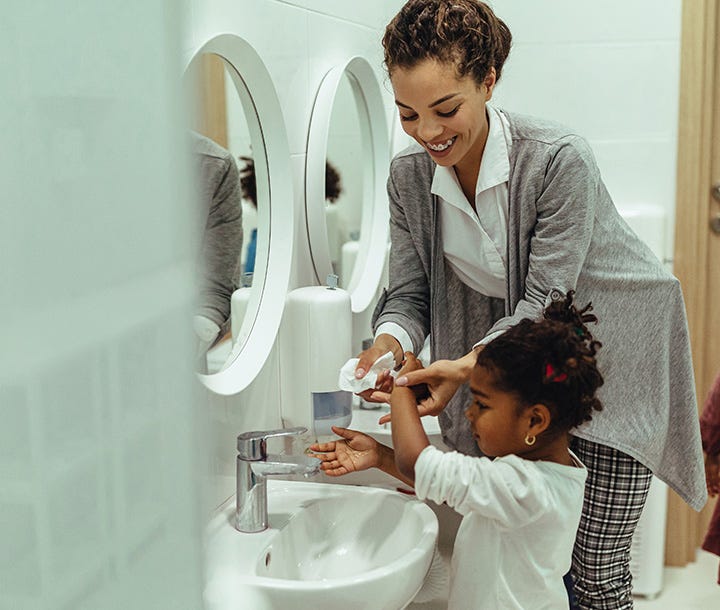
When kids get together, they do more than share toys – they share germs too.
And while you probably do your best to keep your child safe from people who are obviously sick, it’s impossible to protect your child from everything – especially as you enter the world of play dates and daycare.
Luckily, there’s a simple way to help keep your child healthy, wherever they go: hand washing.
Hand washing is quick, easy - and if done right - the most effective way to keep your child from getting sick while they’re on the go. And a fun, kid-friendly hand washing station is one of the best ways to encourage proper hand washing technique.
Ahead, our tips for creating the ultimate hand washing station in your home:
Pick a Snazzy Stool
Your toddler will be more likely to wash their hands if they don’t have to ask you to lift them up to do it. Invest in a little stool or two so that kids can wash hands all on their own. Try to find one that’s a fun color or features a favorite cartoon character. Another option? You and your toddler can decorate a wooden one together.
Add a Timer
Proper hand washing takes at least 20 seconds of scrubbing. But when you’re a kid, 20 seconds can seem like an eternity. A fun, 20-second timer can help them count down the time and the novelty of it will provide entertainment. Choose a multi-colored hourglass or kitchen timer in a bright color.
Stock Up on “Magical” Soap
Adding an element of fun to your soap can work wonders on a toddler. This could be as simple as buying soap that foams, or one that comes in their favorite color. An automatic soap dispenser is another favorite - kids love the “magic” element, while you’ll love that it dispenses just the right amount of soap without having to touch the dispenser with dirty hands.
Make a Hand Washing Reward Chart
We all know kids are responsive to rewards. That’s why a hand washing chart can be so effective. Make columns for all the times your toddler should wash their hands (before and after meals, after using the toilet, etc.) and decorate it together. Then, give your toddler a sticker for every time they remember to wash their hands all on their own.
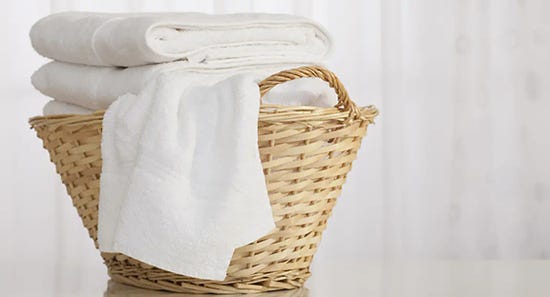
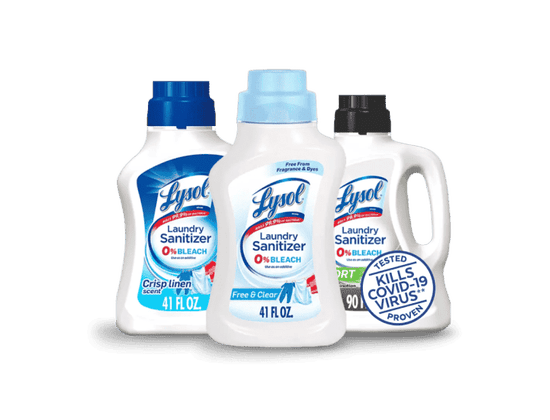
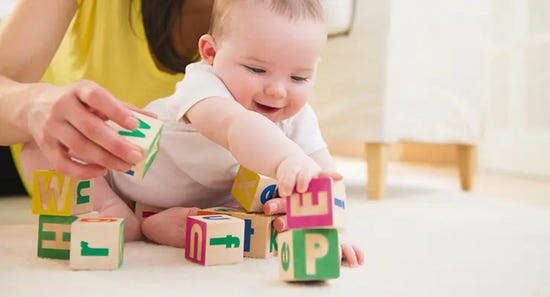
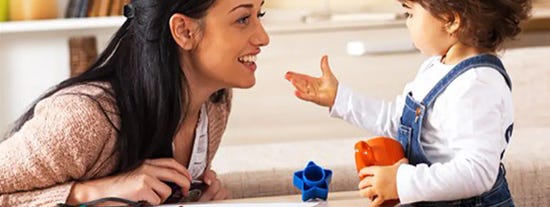
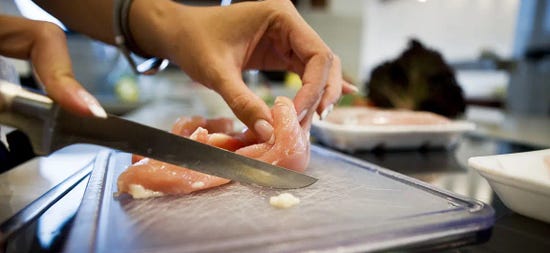
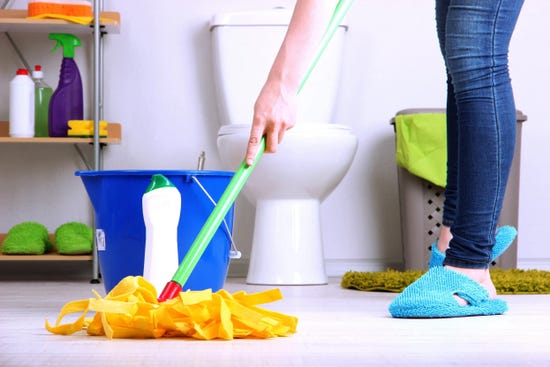
.png?width=550&height=377&format=png&quality=80)

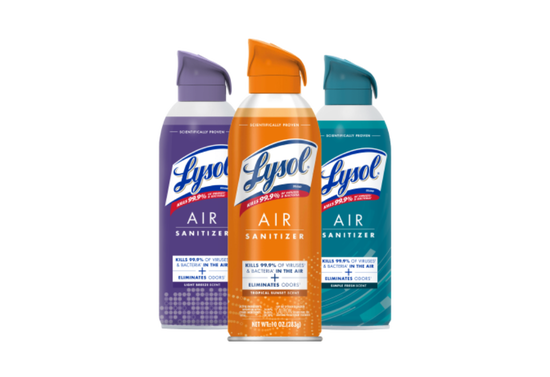
.png?width=550&height=377&format=png&quality=80)
.png?width=550&height=377&format=png&quality=80)
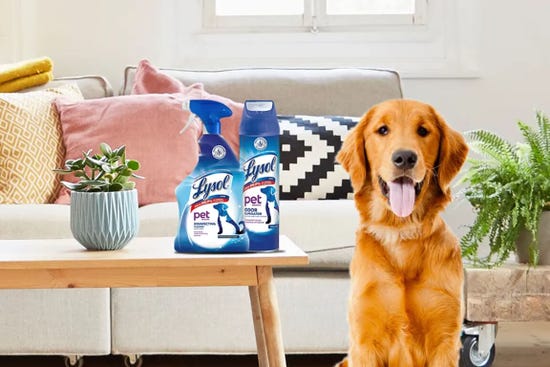
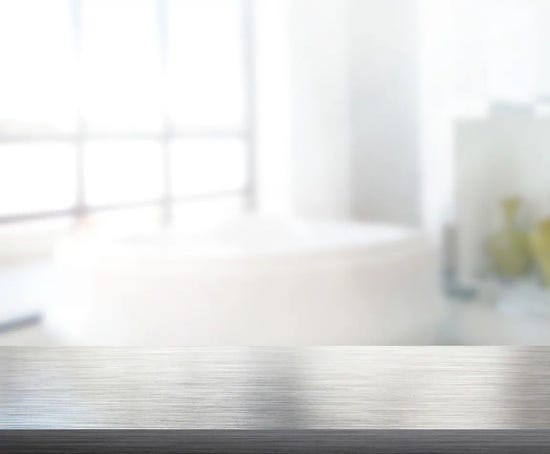
.png?width=550&height=377&format=png&quality=80)
.png?width=550&height=420&format=png&quality=80)
